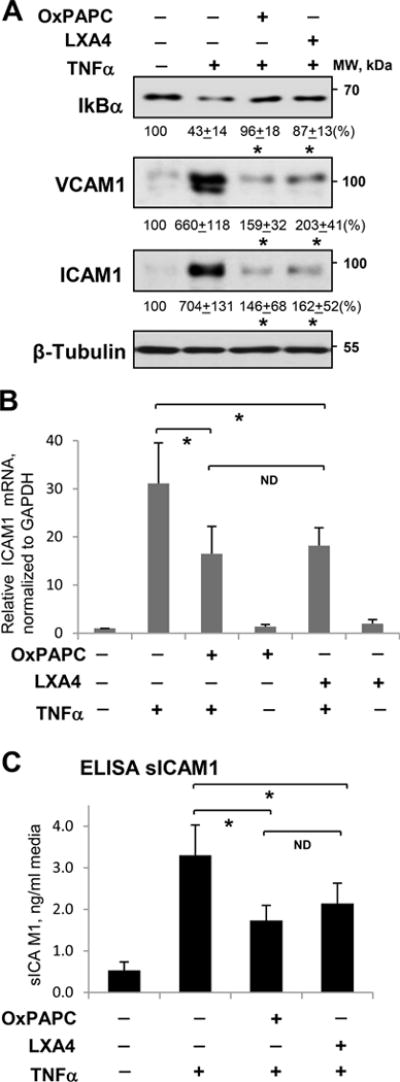Figure 4. Role of FPR2/ALX signaling in anti-inflammatory and barrier protective effects of OxPAPC on pulmonary EC.

Cells were treated with TNFα (20 ng/ml) alone or pretreated with OxPAPC (15 μg/ml, 30 min). A - Effect of siRNA-induced FPR1, FPR2/ALX or FPR3 knockdown on EC permeability for macromolecules; n=3, *P < 0.05. B - Visualization of FITC-avidin accumulation underneath EC monolayers reflecting TNFα-induced EC barrier dysfunction. Protective effects of OxPAPC were suppressed by FPR2/ALX inhibitor WRW4 (5 μM, 1 hr prior to OxPAPC). Bar = 20 μm. Bar graph depicts quantitative analysis of FITC-avidin fluorescence in control and stimulated EC monolayers; n=6, *P < 0.05. C - TER measurements in HPAEC monolayers preincubated with WRW4 followed by TNFα challenge (marked by second arrow) with or without OxPAPC pretreatment (marked by first arrow). Bar graph depicts TER measurements at the time point of maximal response indicated by dotted line; n=6, *P < 0.05. D - Effect of FPR2/ALX inhibitor on the changes of EC barrier integrity caused by TNFα and OxPAPC. F-actin was visualized by staining with Texas Red phalloidin (red); adherens junctions were visualized by staining for VE-cadherin (green). Paracellular gaps are marked by arrows. Bar = 10 μm. Bar graph represents results of quantitative analysis of paracellular gap formation; n=4, * p<0.05.
